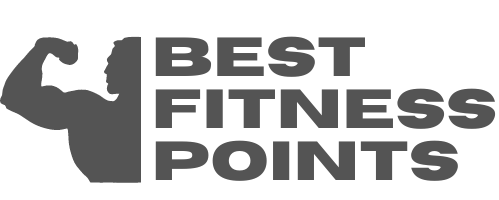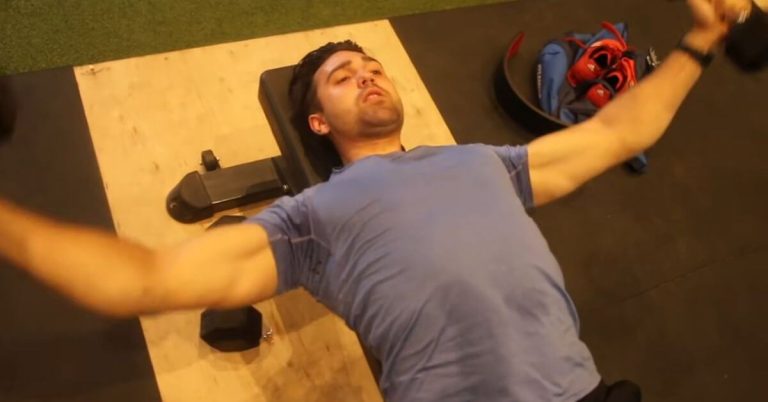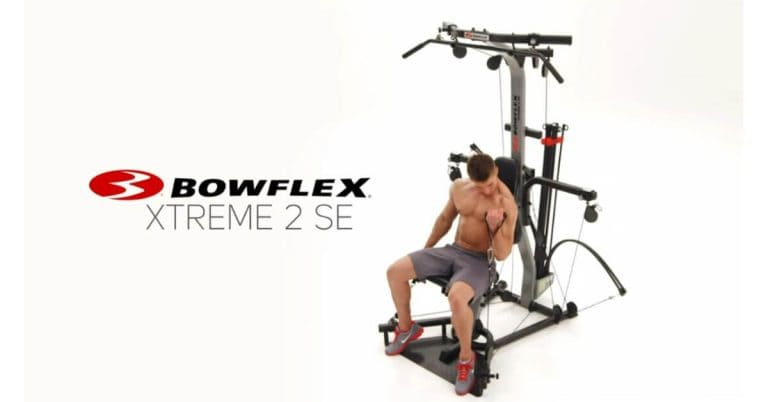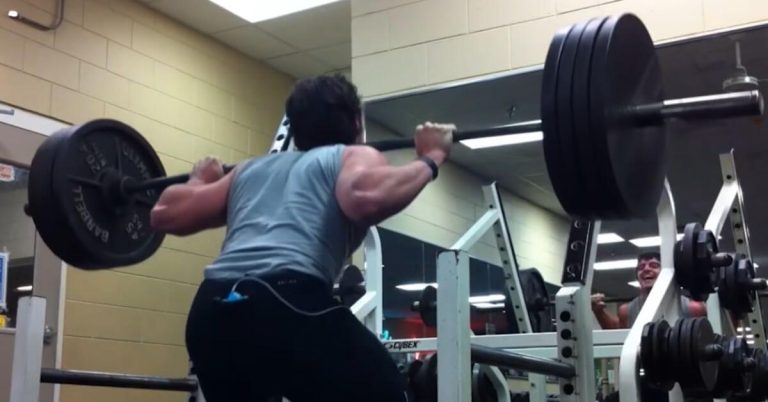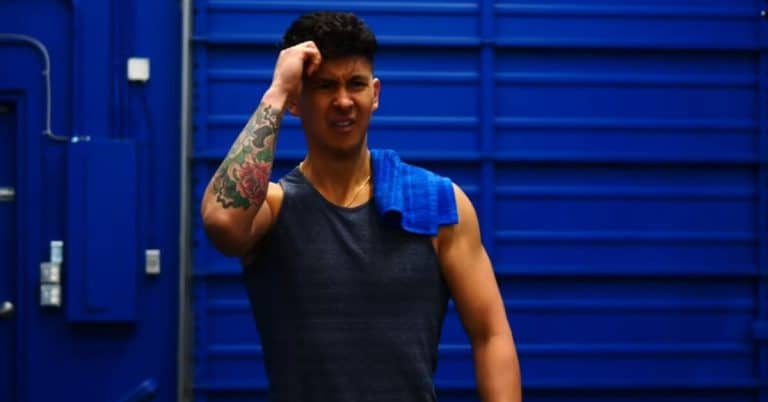Can Bulgarian Split Squats Replace Squats? The Ultimate Showdown!
Last Updated on December 25, 2023 by Justin Harris
Can Bulgarian Split Squats Replace Squats: Bulgarian split squats can be a substitute for traditional squats, as they target similar muscle groups and offer a unilateral exercise option. Bulgarian split squats can provide an effective alternative to the traditional squat exercise.
These squats focus on the lower body muscles, such as the quadriceps, hamstrings, glutes, and calves. The exercise involves lunging with one leg forward while the rear leg is elevated on a bench or platform. This unilateral movement helps to improve strength imbalances between the legs and can also enhance stability and balance.
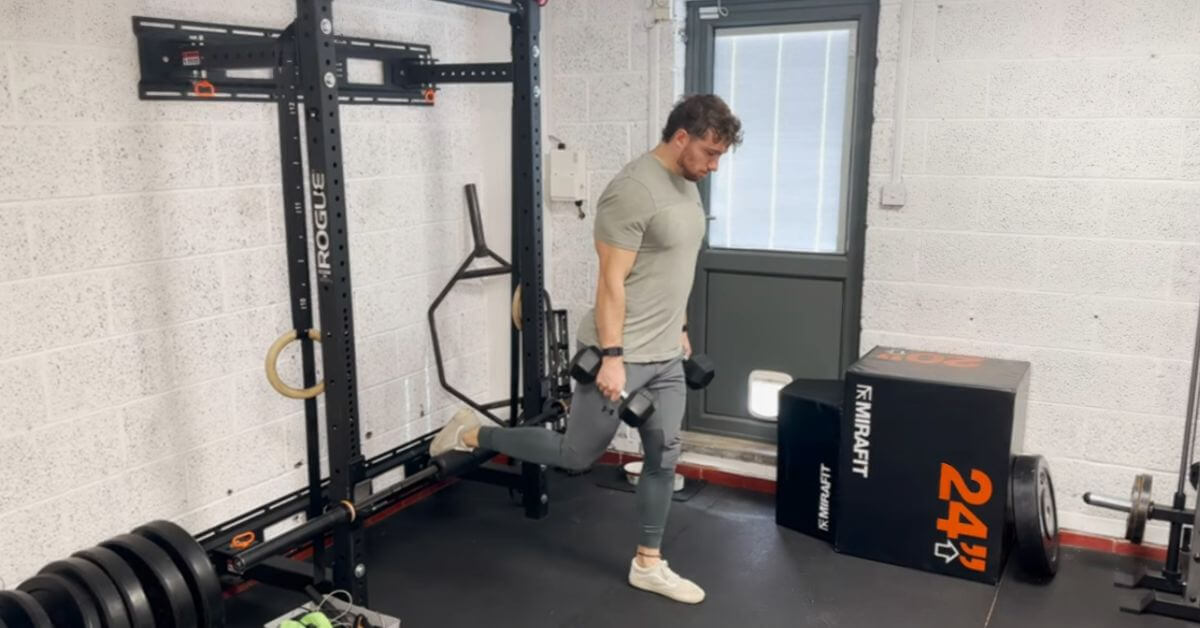
While traditional squats are a compound exercise that engages multiple muscle groups simultaneously, Bulgarian split squats isolate specific leg muscles and can provide a challenging workout.
The Benefits Of Bulgarian Split Squats
Bulgarian split squats are an effective alternative to traditional squats, offering numerous benefits for lower body strength, stability, and balance. These exercises specifically target the quadriceps, glutes, hamstrings, and calves, helping to develop strong and toned legs.
Bulgarian split squats also engage the smaller stabilizing muscles in the hips and core, which can lead to improved overall stability and balance. By isolating each leg, this exercise helps correct muscle imbalances and strengthens the weaker side, reducing the risk of injury.
Incorporating Bulgarian split squats into your workout routine can offer a variety of benefits. They activate the muscles in a different way than traditional squats, allowing for greater muscle activation and potentially faster strength gains. Additionally, this exercise improves flexibility, range of motion, and ankle stability.
Read Also,
- Elliptical for Short Person
- Best Elliptical Under 1500
- Best Elliptical Under 1000
- Best Elliptical Under 600
- Folding Treadmill Under $200
- Best Treadmills Under $1500
- Best Treadmills Under $2000
- Best Exercise Bike Under £200
- Best Exercise Bike Under £300
- Exercise Bike for Short Person
- Treadmills 500 Pound Weight Limit
How To Perform Bulgarian Split Squats
Bulgarian Split Squats are an effective lower body exercise that can target your quads, hamstrings, and glutes. To perform a Bulgarian Split Squat, start by standing with one foot forward and the other foot elevated behind you on a bench or step. Lower your back knee towards the ground while keeping your front knee in line with your toes. Make sure to maintain an upright posture throughout the movement and engage your core for stability.
Proper Form And Technique
When performing Bulgarian Split Squats, it is important to maintain proper form and technique to prevent injury and maximize the benefits. Keep your front knee aligned with your toes and avoid letting it cave inward. Aim for a 90-degree angle in both knees at the bottom of the movement. As you push back up, be sure to activate your glutes and quads to drive the movement.
Common Mistakes To Avoid
- Leaning too far forward or backward during the exercise, which can compromise your form and strain your lower back.
- Not fully engaging the glutes and quads, which can make the exercise less effective.
- Allowing the front knee to cave inward, which can put excess stress on the knee joint.
- Using excessive momentum or bouncing at the bottom of the movement, which can increase the risk of injury.
Incorporating Bulgarian Split Squats into your lower body workout routine can be a great alternative to traditional squats, as it offers similar benefits while also challenging your balance and stability. However, it’s always important to listen to your body and choose exercises that work best for you.
Comparing Bulgarian Split Squats And Squats
The Bulgarian Split Squat is a versatile exercise that can be an effective alternative or supplement to traditional squats. When comparing the two exercises, it’s important to consider the muscle groups targeted, joint stress and impact, as well as variation and progression options.
Both exercises target the quadriceps, hamstrings, and glutes, but the Bulgarian Split Squat also engages the stabilizer muscles in the hip and ankle, making it more of a functional exercise. In terms of joint stress and impact, squats put more pressure on the knees and lower back, while Bulgarian Split Squats distribute the load more evenly.
One advantage of Bulgarian Split Squats is the variety of variations and progressions available. Using a higher step or adding dumbbells can increase the challenge and facilitate muscle growth. Squats, on the other hand, offer variations like front squats and goblet squats.
Ultimately, whether Bulgarian Split Squats can replace squats completely depends on individual goals and preferences. Incorporating both exercises into your workout routine can provide a well-rounded lower body workout and prevent plateauing.
Incorporating Bulgarian Split Squats Into Your Fitness Routine
The Bulgarian split squat is a highly effective exercise that can be used to supplement traditional squats in order to target specific goals. It is particularly beneficial for unilateral leg training, as it forces each leg to work independently and helps correct any muscle imbalances.
By incorporating Bulgarian split squats into your fitness routine, you can create a well-rounded lower body workout that targets various muscle groups. This exercise primarily targets the quadriceps, glutes, and hamstrings, while also engaging the core for stability and balance.
| Day | Exercise | Sets | Reps |
|---|---|---|---|
| Monday | Back Squats | 3 | 8-10 |
| Tuesday | Bulgarian Split Squats | 3 | 10-12 |
| Thursday | Deadlifts | 3 | 6-8 |
| Friday | Walking Lunges | 3 | 12-15 |
Tips For Getting The Most Out Of Bulgarian Split Squats
Proper warm-up and cooldown: Before starting any exercise, it is essential to warm up your muscles and prepare your body for the workout. This can be done by performing dynamic stretches, such as leg swings or lunges, to increase blood flow and flexibility. After the workout, a cooldown is necessary to allow your heart rate and breathing to return to normal gradually. This can be achieved by performing static stretches, holding each stretch for 15-30 seconds.
Adjusting intensity and resistance: Bulgarian split squats can be modified to suit your fitness level and goals. To increase the intensity, you can hold weights, such as dumbbells or kettlebells, adding resistance to the exercise. Alternatively, you can elevate your front foot on a step or platform, increasing the range of motion and difficulty. If you are a beginner, you can start with bodyweight only, focusing on proper form and technique before progressing to heavier weights.
Listening to your body and technique cues: It’s crucial to pay attention to your body and avoid pushing yourself beyond your limits. If you experience any pain or discomfort during the exercise, it’s important to stop and assess the situation. Using correct technique is also important to prevent injuries and make the most of the exercise. Engage your core, keep your chest up, and maintain a straight line from your head to your heels. Focus on the mind-muscle connection and feel the targeted muscles working throughout the movement.
Conclusion
In the realm of lower body strength training, Bulgarian split squats offer a viable alternative to traditional squats. With their ability to target individual legs, engage stabilizing muscles, and challenge balance, these exercises bring unique benefits. However, it is important to consider individual goals, fitness level, and personal preferences when determining whether to replace squats entirely.
By incorporating Bulgarian split squats into a well-rounded workout routine, one can effectively enhance lower body strength and overall fitness.
